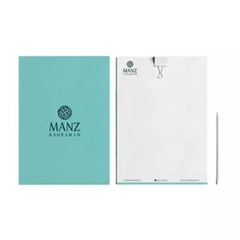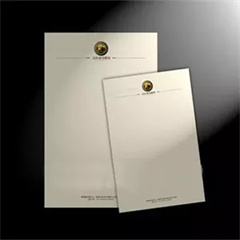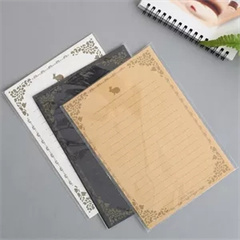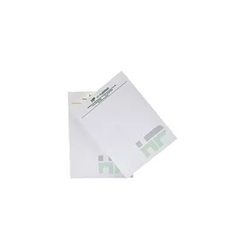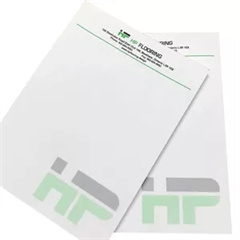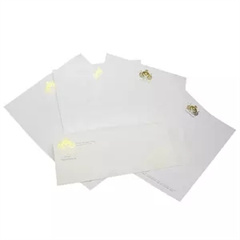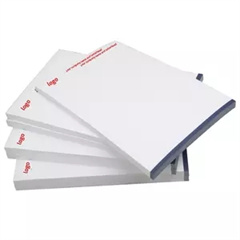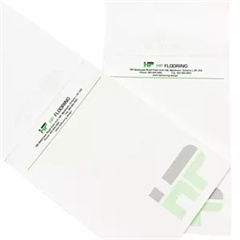Letterhead writing format
Service range: We undertake wholesale letterhead printing, custom size, color, material, packaging, etc., and can also customize any logo. Our products are very popular and the prices are cheap. We hope you are interested in our products.
1. At the beginning of the title: write in the top case, and some can also add certain qualifications and modifiers, such as dear, etc.
2. Greetings: If you write “Hello”, “Is your body healthy recently”, etc., you can follow the text.
3. Body: This is the main body of the letter, which can be written in several paragraphs.
4. Blessings. Take the most common “kind regards” and “salute” as examples. “Sincerely,” can be written in two correct positions. One is to write a new paragraph and no punctuation immediately after the main text; the other is to write a new line and two spaces under the main text. “Salute” is written on the next line of “Yours sincerely,” and the top box is written. An exclamation point should be added after it to show the sincerity and strength of the blessing.
The top box in the second half of the address and blessing is a kind of respect for the recipient. It is a continuation of the tradition of “rising up” in ancient letters. The ancient letters were written vertically, and the writing involved the name or title of the recipient of the other party. In order to show respect, the name or title of the other party should be mentioned at the top of the next line no matter where it was written. Its basic practice has been absorbed by modern letters.
5. Signature and date. Write the name of the person writing the letter on the right side of the empty one to two lines below the eulogy. It is best to write the relationship with the recipient before the name of the person who wrote the letter. Write the date on the next line.
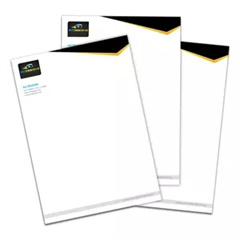
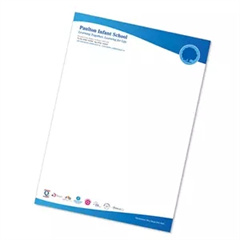
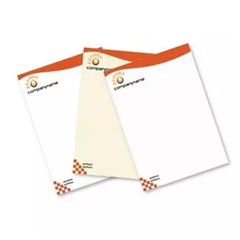
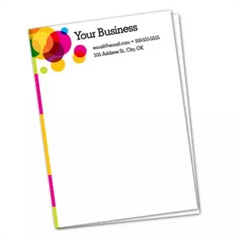

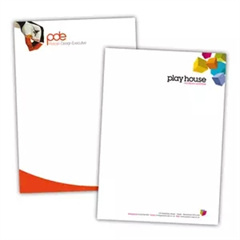
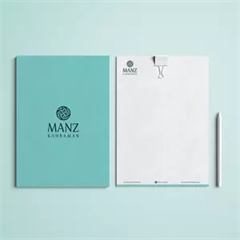
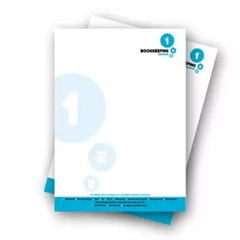

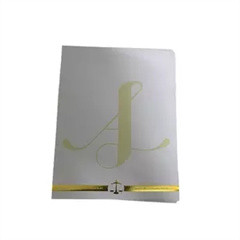
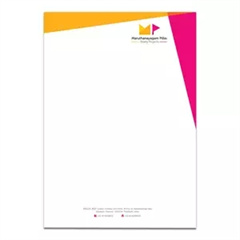
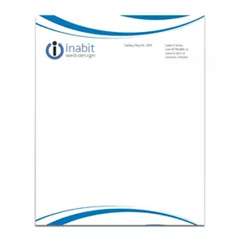
What does screen printing do
Screen printing belongs to stencil printing, which is called the four printing methods together with lithography, embossing, and gravure printing. Hole printing includes transcription, perforated pattern, spray and screen printing, etc.
The principle of stencil printing is the printing plate (the perforations that can pass the ink are made on the base of the paper film plate or other plates). When printing, the ink is transferred to the substrate (paper, ceramics, etc.) through the perforations of the stencil under a certain pressure. ) To form an image or text. Transcription printing is the simplest form of serigraphy, which began in the late 19th century. This kind of printing is made on a special wax paper with a typewriter or stylus made into a wax paper graphic plate and printed on the wax paper plate with an ink roller, and the desired printing effect can be obtained on the substrate.
In stencil printing, screen printing is the most widely used. Screen printing is to stretch silk fabric, synthetic fiber fabric, or metal screen on the screen frame, and use hand-carved paint film or photochemical plate making method to make a screen printing plate. . Modern screen printing technology uses photosensitive materials to make a screen printing plate (make the screen holes of the graphic part of the screen printing plated through holes, and the screen holes of the non-graphic part are blocked. life). During printing, the ink is transferred to the substrate through the mesh of the graphic part by the squeeze of the squeegee, forming the same graphic and text as the original.
The screen printing equipment is simple, convenient to operate, simple in printing and plate making, low in cost, and strong in adaptability. The commonly printed materials with a wide range of screen printing applications include: color oil paintings, posters, business cards, binding covers, letterheads, commodity signs, printed and dyed textiles, etc.
